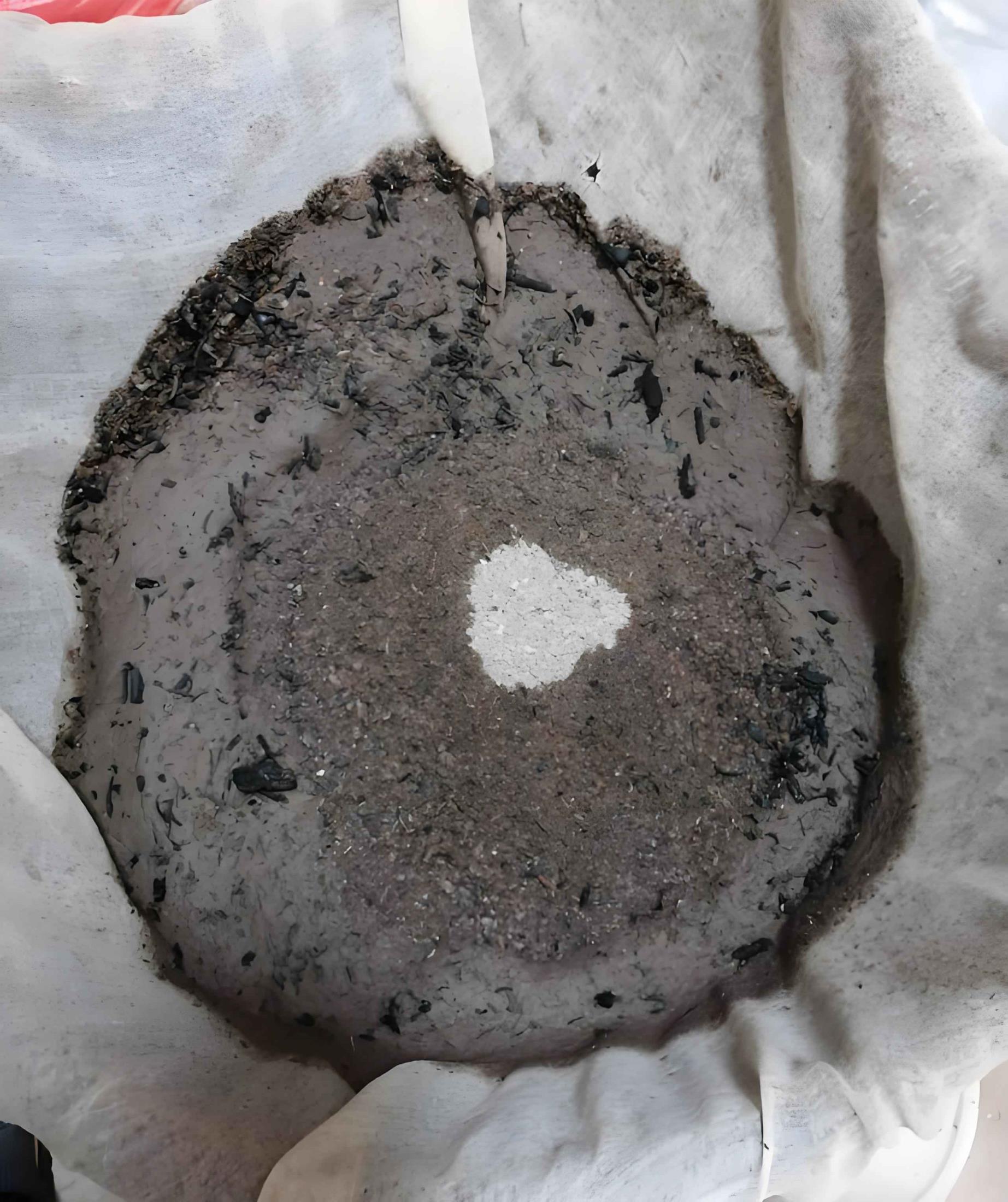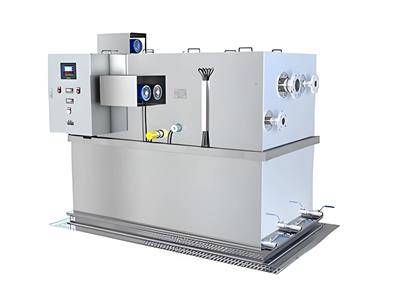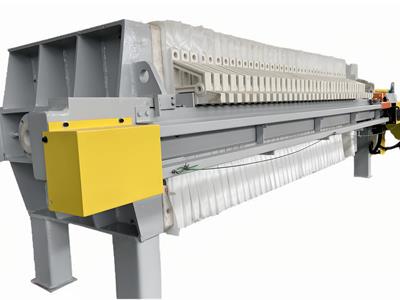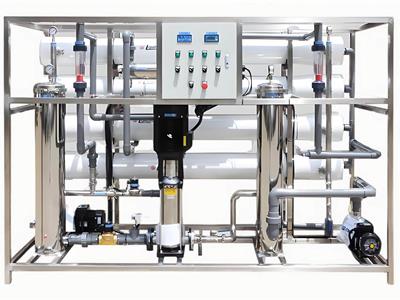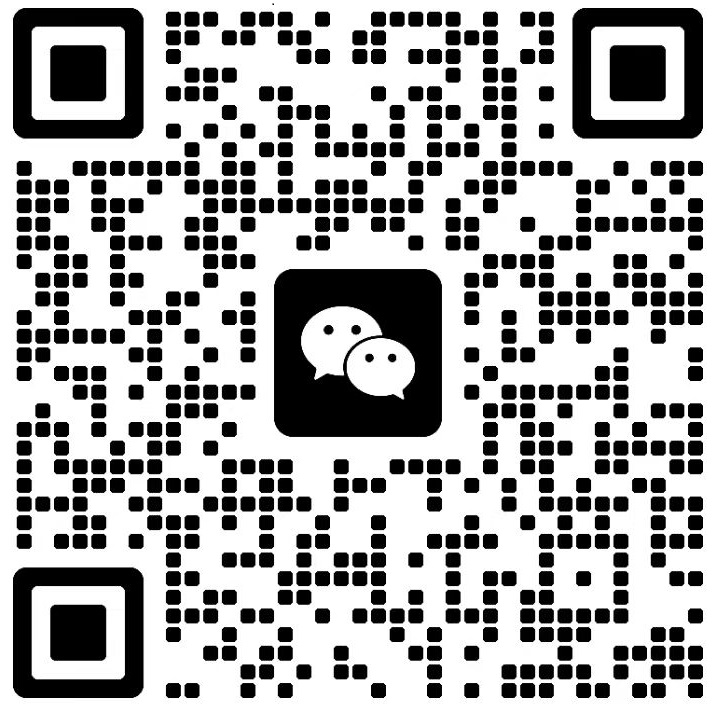- 2025-07-22
Grey water treatment
Greywater characteristics and treatment targets
Definition: Washing/showering/laundry wastewater (BOD<sub>5</sub>≤150mg/L, SS≤100mg/L)
Prohibited scenarios: fecal/kitchen wastewater is strictly prohibited (Escherichia coli group>1000CFU/100mL)
Reuse standard: Landscape irrigation turbidity ≤5NTU, toilet flushing water residual chlorine ≥0.2mg/L
Core configuration of tertiary treatment process
1. Pretreatment enhancement unit
Rotary screen machine (screen gap 1mm) intercepts hair fibers
Hydraulic retention time of regulating tank ≥2h (balanced water quality peak)
2. Selection of core treatment technology
Membrane bioreactor (MBR)
Hollow fiber membrane (pore size 0.1μm)
Maintain sludge concentration 8000-12000mg/L
Occupancy area is reduced by 40% compared with activated sludge method
Ultrafiltration deep treatment
Molecular weight cutoff 50kDa
Virus removal rate>6log
Automatic air-water backwash cycle ≤30min
3. Disinfection guarantee system
Precise dosing of sodium hypochlorite (free chlorine 0.3-0.5mg/L)
Ultraviolet assisted disinfection (dose 40mJ/cm²)
Key operation control parameters
Organic load control: F/M ratio 0.05-0.15kgBOD/kgMLSS·d
Membrane pollution management: transmembrane pressure difference <30kPa
Sludge yield: 0.2kgDS/kgBOD (only 1/3 of traditional process)
Multi-scenario reuse benefits
Water reduction
Toilet flushing replacement rate 70%
Landscape irrigation water saving 50%
Ecological benefits
Nitrogen and phosphorus resource recovery rate > 65% (irrigation crop utilization)
Carbon emission reduction 0.28kgCO<sub>2</sub>/m³ (compared with tap water use)
Operation and maintenance costs
Treatment cost per ton of water ≤ 0.8 yuan
Automation rate > 85% (PLC+cloud platform monitoring)

